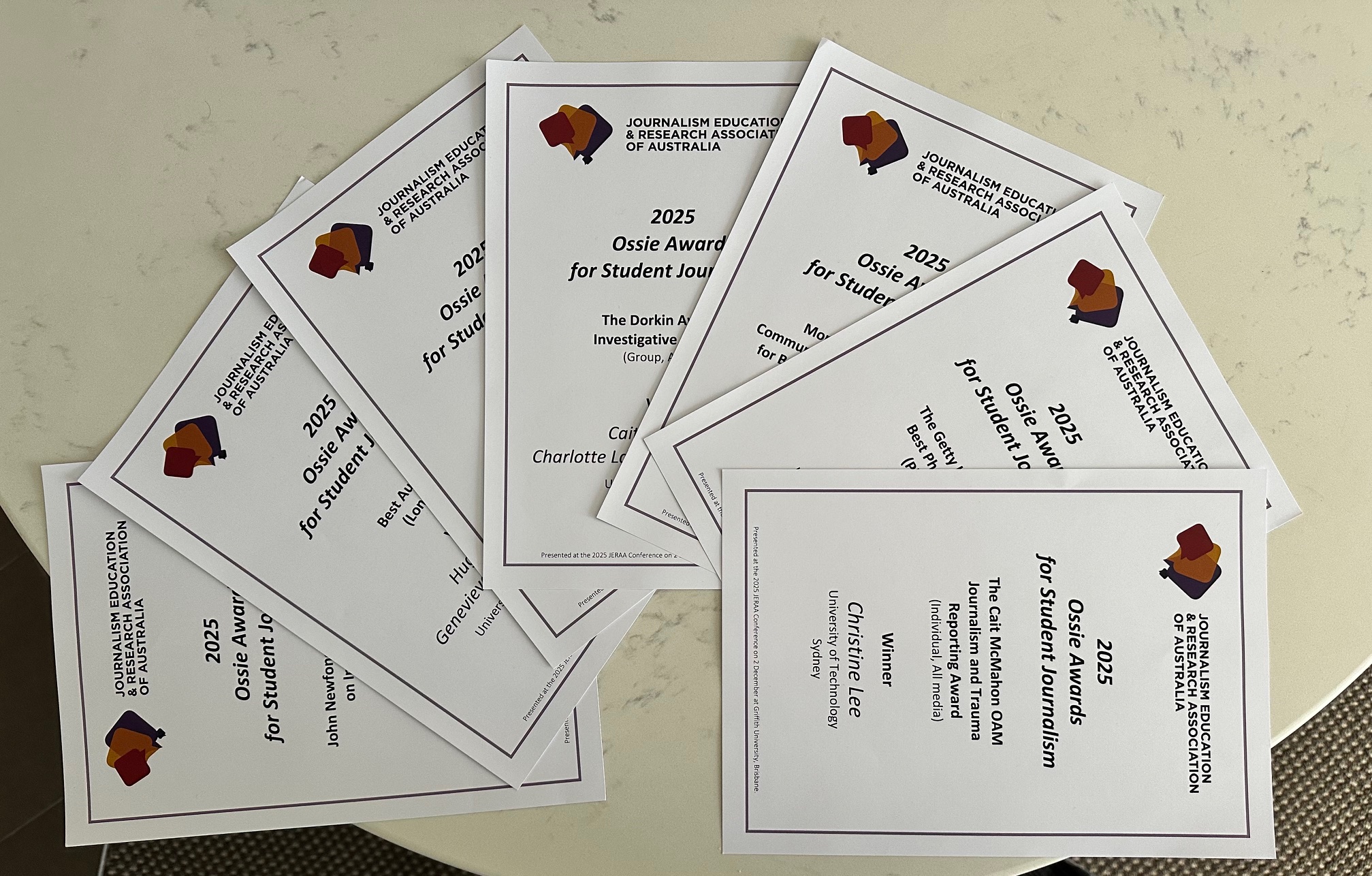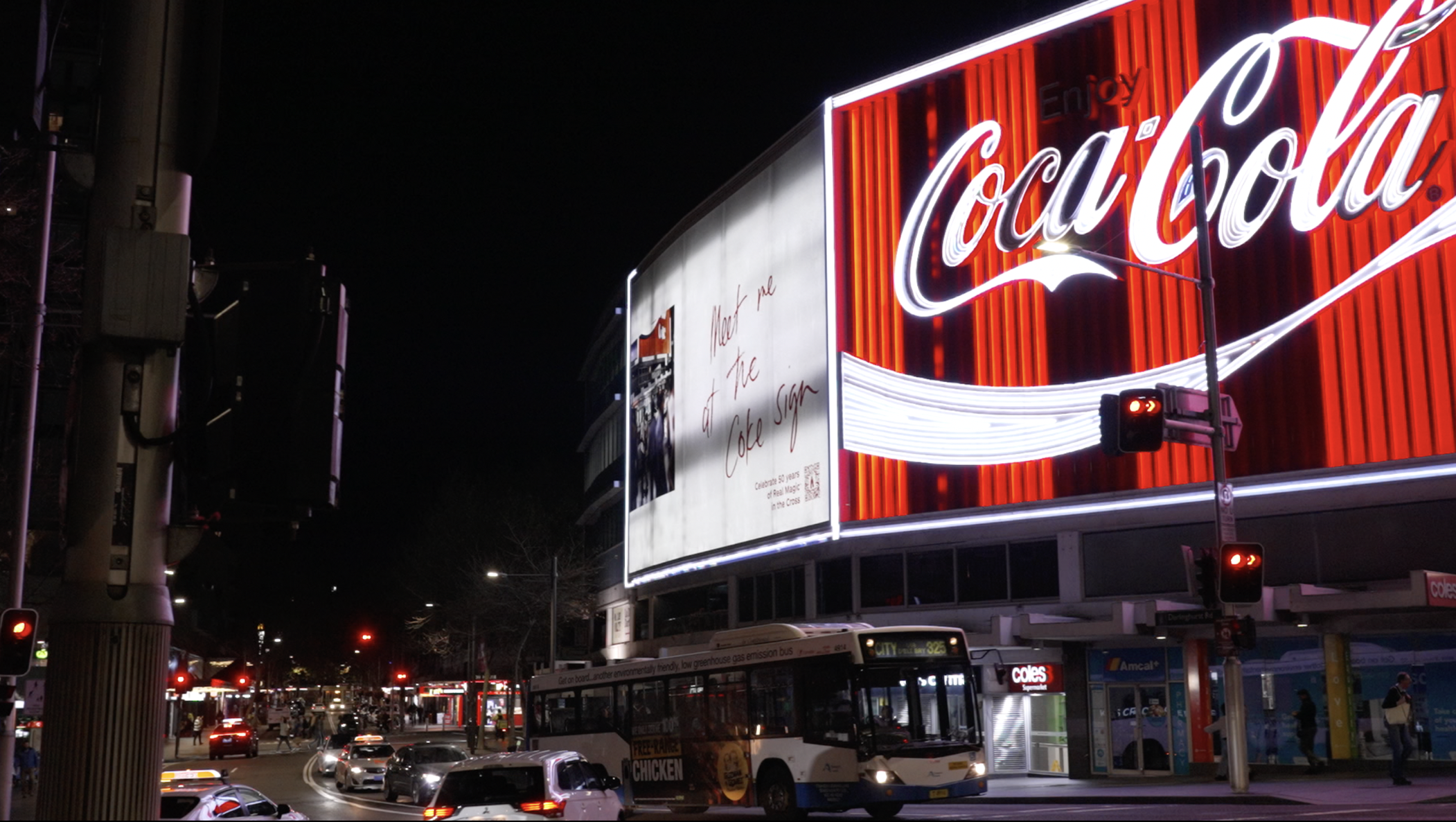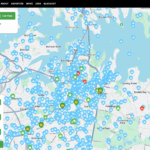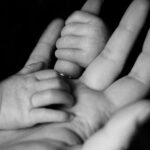Muslim women are being routinely abused in the street and online, as rates of Islamophobia in Australia skyrocket, an investigation by Central News has found.
Over two Fridays canvassing Auburn Gallipoli Mosque in Sydney’s west more than 50 worshippers, mostly women, anonymously reported a variety of incidents of abuse, which experts say has accelerated since the start of the conflict in Gaza.
Among the responses collected at Auburn mosque, worshippers spoke of being stared at angrily by strangers, excluded from work or school groups, being racially profiled by security guards in shops, and threatened with physical violence.
One school girl who wears a hijab claimed a classmate had made a deepfake pornographic image of her and circulated it around her school.
Another said: “I decided to start wearing the hijab last year and documented my experience on TikTok for my friends. It ended up getting more views than I expected, and my comments were filled with slurs, calling me a terrorist, threats about how they were going to take it off and force me to eat pork.
The attacks are not just Islamophobic, they’re also deeply misogynistic… Muslim women face higher rates of abuse than Muslim men.
“I received DMs from people saying it’s un-Australian, threatening to dox me. I had to delete my account.”
Another told Central News: “I used to wear the hijab when I was younger, and recently posted a #TBT (throwback Thursday) picture of it but had to take it down after I found colleagues were making jokes about it in a separate group chat saying that I look better ‘liberated’ and less ‘scary’.”
The responses, which were all submitted anonymously, also included accounts of women having their hijabs yanked off by strangers and enduring physical threats of violence from random people.
One wrote: “I was on my way to a pro-Palestine rally after uni and a guy on the train threatened to bash my head in.”
A recent report by the Islamophobia Register revealed there had been 366 confirmed reports of online abuse logged during 2023 and 2024, compared to 415 in total for the eight years prior. In-person incidents had also spiked by 41 per cent to 308.
While in-person Islamophobia has been reported in public spaces like transport, shops, workplaces and schools, online abuse tends to be more hateful, vitriolic and offensive.
Nora Amath, the executive director of the Islamophobia Register Australia, believes social media has contributed to the normalisation of Islamophobic rhetoric, and said Muslim women bore the brunt of this online.
“The attacks are not just Islamophobic — they’re also deeply misogynistic,” she said. “Perpetrators often view Muslim women as both weaker and symbolically representative of an ideology they hate.
“The intersection of gender and religion creates a unique vulnerability, where Muslim women face higher rates of abuse than Muslim men.”
Amath questioned how algorithms fuel anti-women, or Red Pill (online community of misogynists), echo chambers online.
“Red Pill and ‘Incel’ culture promote a hyper-masculine, often violent worldview that devalues women and often positions Muslim women as oppressed or submissive – creating racial and religious hierarchies. Muslim women — especially those who wear the hijab — are vilified as both religious ‘others’ and as symbols of gender non-conformity.
A pattern evident in the social media backlash over Massilia Aili, Channel Nine’s first hijab-wearing reporter on Australian commercial TV. With her reporting of Pope Francis’ death sparking a wave of online hostility.
The Pope passes away leaving Catholics and Christians devastated
So Channel 9 sends in a Muslim to report on it
Unbelievable pic.twitter.com/7C9XvoxBtv
— Lisa (@Lisa9Sophia) April 21, 2025
The incident, Amath says, reflects a broader trend in which Muslim practices are framed as incompatible with so-called ‘Australian values’, particularly around gender roles, family structures or ideas of freedom. These narratives are then weaponised to paint Muslims as a threat to national identity.
Professor Michael Humphrey has conducted research on Islam in the West for 25 years, and dubbed social media as a hotbed for prejudiced opinions and distorted knowledge.
“The issue we must confront is that any event can have a life much, much longer than what it would’ve had in the past because of the permanence of the internet,” he said. “It doesn’t inform people; it just reinforces a particular perspective.
“And in the case of Islamophobia, you can take it even further, it can be more misogynistic, more aggressive and more painful.
“Islamophobia relates to the transition from the perception of Australia as a multicultural society, to the moment where perceived cultural differences become a focus for finding an enemy within.”
A 2023 study defined ‘online Islamophobia’ as “promoting intolerance, harassment, and threatening behaviour through social media. Operating through visual mediums like the hijab and mosques to rationalise hate crimes”
In another social media post in April on TikTok, which was intended to share culture, a Muslim woman who had asked European women to try on a hijab, was inundated with racist and misogynistic comments.
Muslim woman asks European girls to try on a hijab.
What do you think? pic.twitter.com/CQL0E6PM0J
— Dr. Maalouf (@realMaalouf) April 3, 2025


Along with platforms like Facebook and X coming under fire, online news media is another sector that plays a significant role in the sobering increase of Islamophobia.
Professor Humphrey said most stories centring on Islam were constructed in an adversarial way.
“There are some instances where there’s multiple perspectives, but they just don’t get picked up,” he added. “They’re not as good for engagement, compared to a more divisive piece.
“It’s almost like a technologically driven amplification of polarisation. It builds up.”
Decades of research into consensus theory reveal a concerning pattern: individuals with racist or prejudiced views are more likely to voice or act on those opinions when they perceive them to be aligned with the majority.
I had Muslim students come to me about cyberbullying from their peers, being called ‘Osama bin Laden’, or ‘bomber’, or just being socially excluded out of fear.
The Islamophobia Register said the reporting of political leaders making statements legitimising racism and discrimination, emboldened racists in the community.
During the recent federal election campaign, the then Opposition Leader Peter Dutton was accused of creating a hostile environment for Muslims, with some of his comments.
Amina Khan, a former high school teacher, said there had been an uncomfortable shift in behaviour in her workplace following the October 7 attack by Hamas, to the point where she had quit her job.
“One of the main reasons I left was because myself and two other Muslim teachers were singled out, pulled into a meeting, and asked not to speak about what was happening in the world,” she said.
“I’m a mathematics teacher. I never would have brought up my own politics or religion in any of my classes.
“I had other Muslim students come to me about cyberbullying from their peers, being called ‘Osama bin Laden’, or ‘bomber’, or just being socially excluded out of fear.”
Khan said schools and universities were made for learning and inclusion, and with such a drastic shift in behaviour, she is concerned these sentiments are being internalised by young people going into broader society.
“It’s everywhere now, the students aren’t able to escape it,” she added. “They deal with verbal things at school, and then it’s in their phone.
“If it’s not bullying from peers, then it’s some far-right influencer spouting hate, or it’s something in the news like Pauline Hanson making offensive remarks.”
The Islamophobia Register reports that 86.6 per cent of Muslims who reported their experiences described one or more negative psychological responses, including being fearful or feeling humiliated.
“Social media isn’t the problem; people can still be racist in person,” said Khan. “But there is a problem when you have an algorithm that only feeds you information that you agree with.
“There is a problem when racism online is 100 times harsher and more violent because people can comment behind a fake profile.
“It affects real people, especially young people, online.”
Main image by Garry Knight/Flickr.




























